A photographer documents the coming of age of South Sudanese refugees who settled in his hometown in Australia 10 years ago.
Conor Ashleigh was just 16 when the Mayom family moved across the street from his house in suburban Australia. There was a large, oval park between the two houses that was a meeting spot for all the kids in the neighborhood. They would get home from school, get something to eat at home, and find each other at the park to play touch rugby. That’s where Akolde Mayom and him became friends. The young man had just moved from Kenya with his four brothers, his sister and his mother through a government resettlement program for South Sudanese refugees, and the two bonded over music and sports. A few years later, the young photographer started documenting the South Sudanese teenagers he had come to know through Akolde. His new book, self-published this year, tells their stories. He joined R&K from his home in Scotland.
Roads & Kingdoms: Where did you grow up and how did the neighborhood change in the early 2000s?
Conor Ashleigh: I grew up in a small city called Newcastle in Australia. It was a very white city, but the cultural landscape started to change in the early 2000s when South Sudanese families moved in through a government humanitarian program. They were resettled in our city and in other parts of regional Australia, as opposed to the big cities where more of the refugees and migrants would generally go. Regional Australia had been, except for the indigenous population of course, very white. So it was visually striking to have these new people coming in that had very dark skin and were very tall. There was of course the usual unfortunate racism, but overall the majority of people welcomed them.
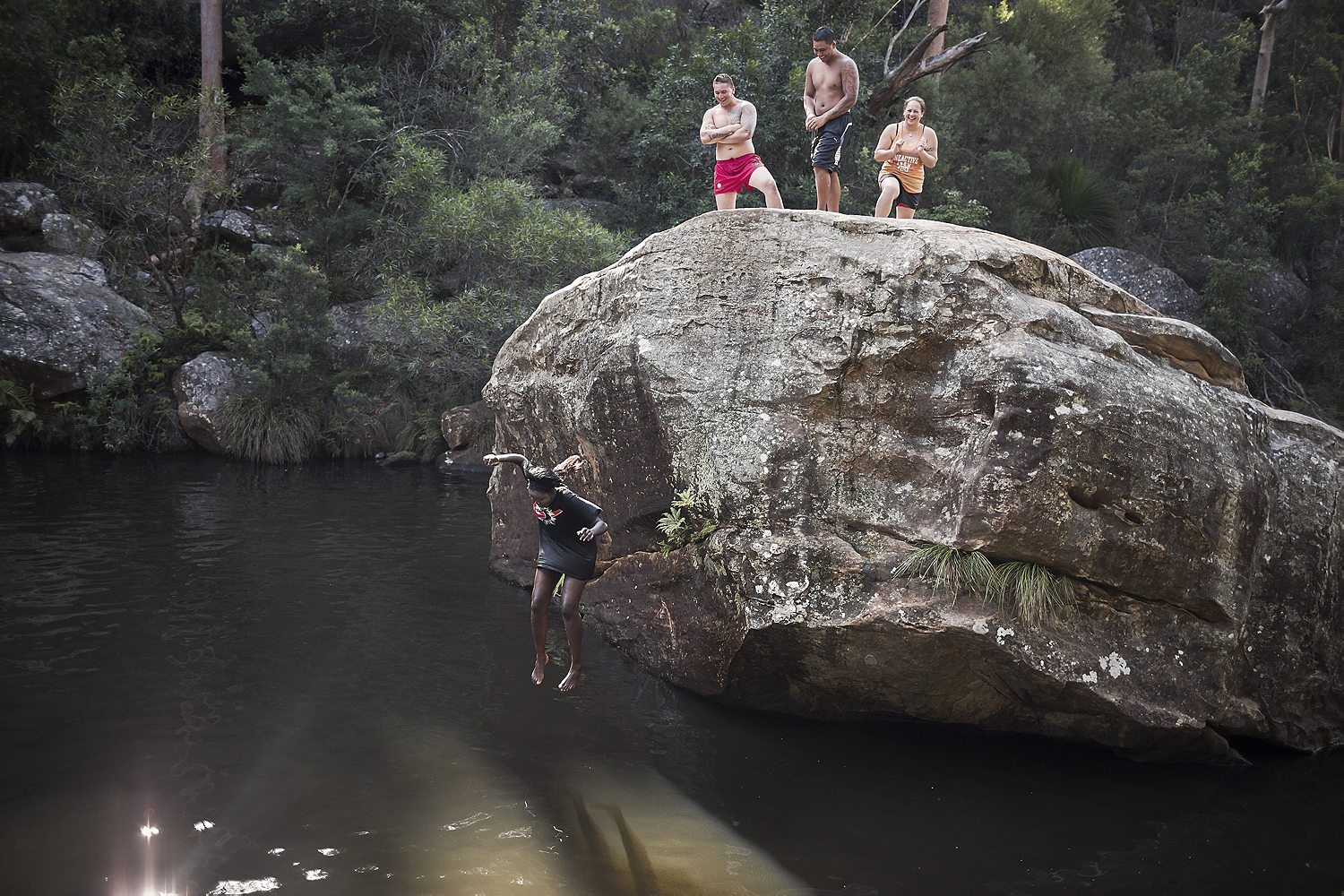
R&K: You became friends with Akolde and then with many other boys from the South Sudanese diaspora. Was there a particular event that triggered the start of your photography project?
Ashleigh: I think one of the first things that struck me about wanting to document their lives was the referendum in 2011 to break away from Sudan. They had to go down by train to a big Olympic stadium to vote. It was a really big thing that all of the diaspora had an opportunity to vote. And I remember seeing them after they had come back, everyone was really excited—I mean, here, 98% of people voted yes. They were saying they were going to go back to South Sudan and see their family, and I decided I would go back with them and photograph them there. So that’s when for me the story started to make sense photographically. The reality is that none of them in the end went back to celebrate independence, though a number have since been. I actually spent two and a half months in Juba during independence and it was obviously historic and I was glad to be there, but I also realized there were so many other amazing photographers out there, and their work was much better than mine. At that point I realized the story for me was not independence in Juba. It was how these young Australian South Sudanese navigate between these two major cultural pillars in their lives.
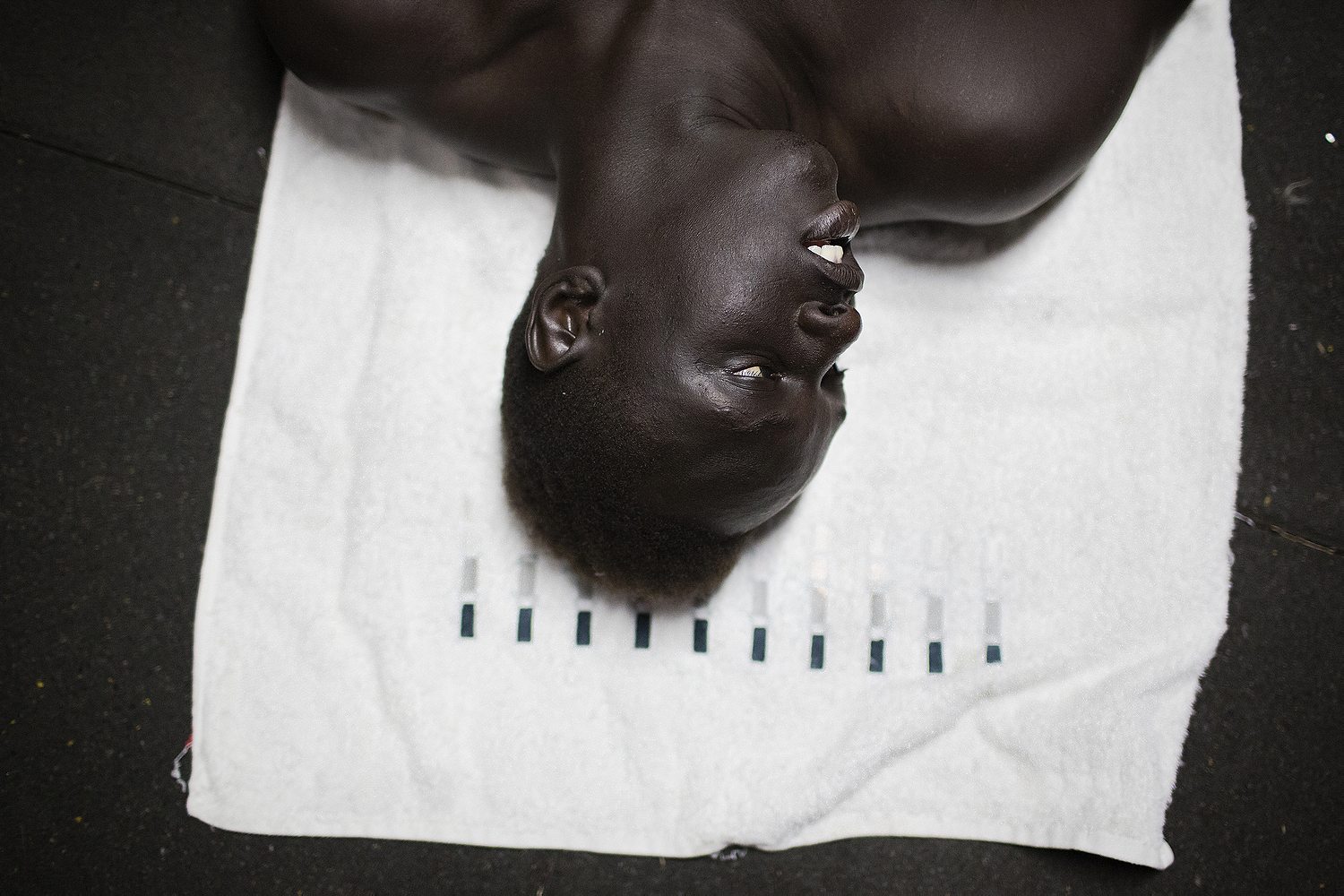
R&K: How difficult was it to go from friend to photographer?
Ashleigh: The first photos I took for this project were of Akolde’s brother Deng and his friend Apa Manyang, a rapper who went by the name of Willo. They were hanging out in the back shed of their house, pumping weights, and I remember that first interaction because it highlighted the different expectations of visual representation. They were really keen for me to take their portraits, and I remember because I couldn’t take a very good portrait. They were interested in how they were represented, and it was different to me wanting to catch unaware moments. That continued throughout the years. Every event that I went to, there were images that I was really drawn to and it was usually the quiet ones where people weren’t aware of my presence. But there would also be dozens of people who would come up to me and ask me to take their photos. I think that because of that balance the work has always been very personally rewarding. Most of the people I photographed said were very proud that I was interested in their community.

R&K: What was your photographic process like during the six years you worked on this project?
Ashleigh: The work can seem character-led because there is a number of people who reappear quite a bit, but the reality was that I wasn’t only spending time with half a dozen people. I was attending any event in the community that I could go to, whether that was basketball competitions, weddings, bride price ceremonies, political anniversaries… With people, I would photograph as many as I could, but that’s not as easy as just knowing someone since they were young. The idea of having a photographer come and hang with you as you go to the shop or whatever is quite weird for some people. But yes, I was definitely trying to have quiet moments of people at home, as much as that was possible.
THE DREAMS AND HOPES OF A NEW NATION I DON’T THINK HAVE RETURNED TO MOST PEOPLE

R&K: I didn’t see photographs of family life at home or of the parents. Was that a conscious decision?
Ashleigh: Yes. There is a planetary gap between the lives and lifestyles of this generation that I photographed and their parents. One thing to give context to what I mean by that is that most of the young people I know don’t have fathers who are alive. Their fathers were killed during the 22-year-long civil war, so for most of the families it’s just mom at home with lots of kids. Nearly everyone that I photographed in the work had reached teenager years, and from then on they have a lot of freedom in how they spend their time. Generally speaking they’re very independent and social, and their parents are not very present in their lives.
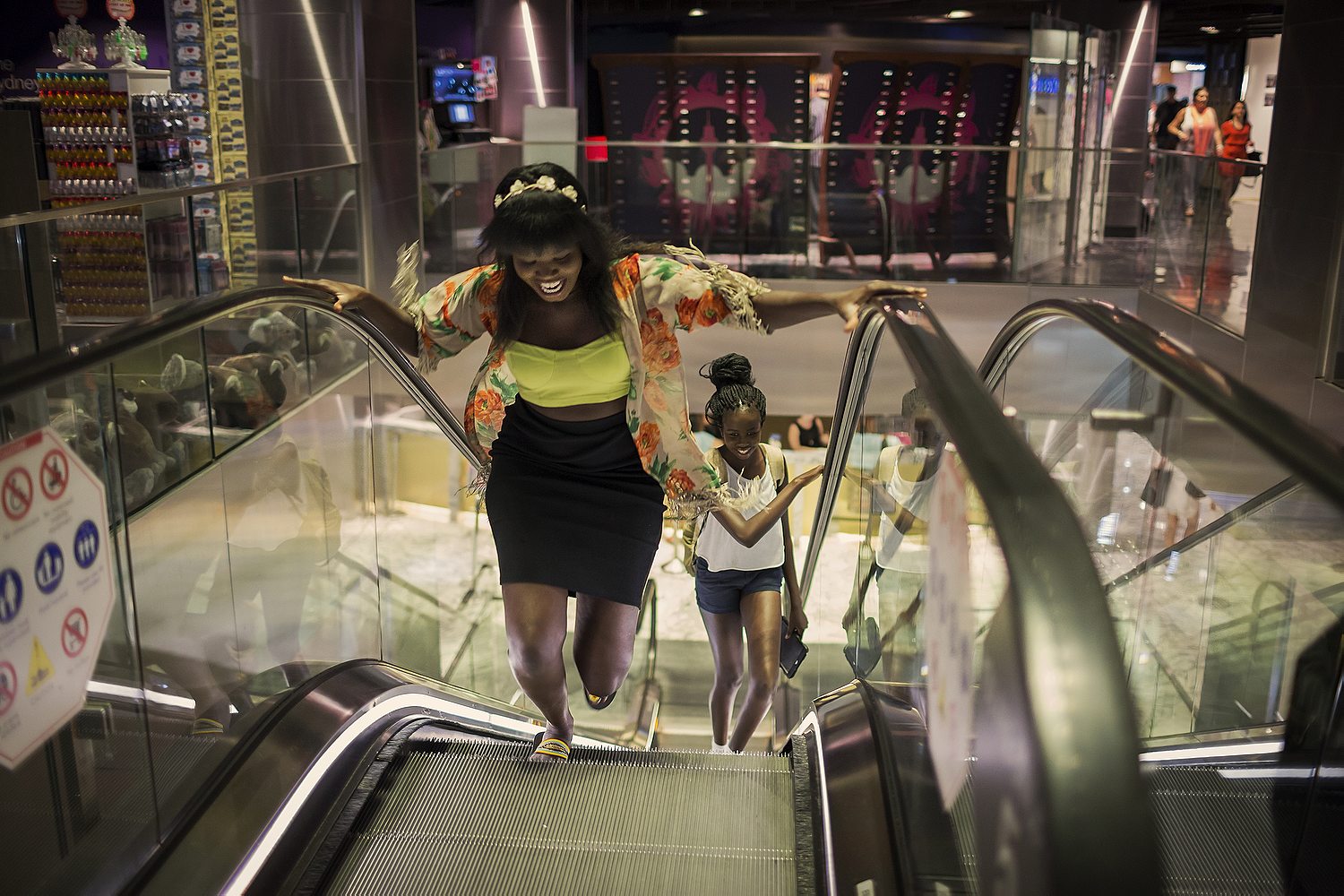
R&K: How were these young people talking about home? A lot has happened since they left in the early 2000s.
Ashleigh: Between July 2011, which is when independence came about, up until December 2013, it felt like South Sudan was starting fresh. Then, violence started that has more or less continued up until now. The dreams and hopes of a new nation I don’t think have returned to most people. It was a highly emotive time among the Australian South Sudanese community, but there are also some young people who refuse to talk about it because for them it reinforces the dysfunction and the continued cycle of violence, and I suppose a lot of the painful or disappointing aspects of their own culture.
R&K: You mentioned a few of your friends went back home around that time, what was that experience like for them?
Ashleigh: A lot of them went back before December 2013. Some of them were really inspired to move back, they wanted to try and make change with the new government, be part of creating a better South Sudan. But others came back and went Holy shit! I can’t see myself living there. Since December 2013, though, I don’t know anyone who has gone to live there. I have seen people trying to help from Australia by raising money to get medical supplies, for example, and that’s an interesting commentary for me. I wonder if that’s because they know they’re never going to live there now.

R&K: Would you say this particular resettlement program to Australia was a success?
Ashleigh: The Australian government’s humanitarian resettlement program has pretty good support services, in the sense that you receive accommodation, you get access to health care, free education, social and community services, English classes for parents. They also get permanent protection visas. But because of recent more conservative governments, there has been a lot of changes in policy. One young guy that I knew from early years, his older brother had challenges with drugs and alcohol and went to jail a few times, and he broke his bail, and because he had never applied for his citizenship, he was put in a detention center. He’s now in an offshore processing center on an island of Australia, waiting to be deported back to South Sudan. I was told that there’s another guy from the community who has the same problem. And that is so scary. That’s reflective of the state of politics in Australia, because it says so much that a great resettlement program can potentially put people who have come through it in the position of an asylum-seeker trying to reach Australia, which is a very bad position to be in.
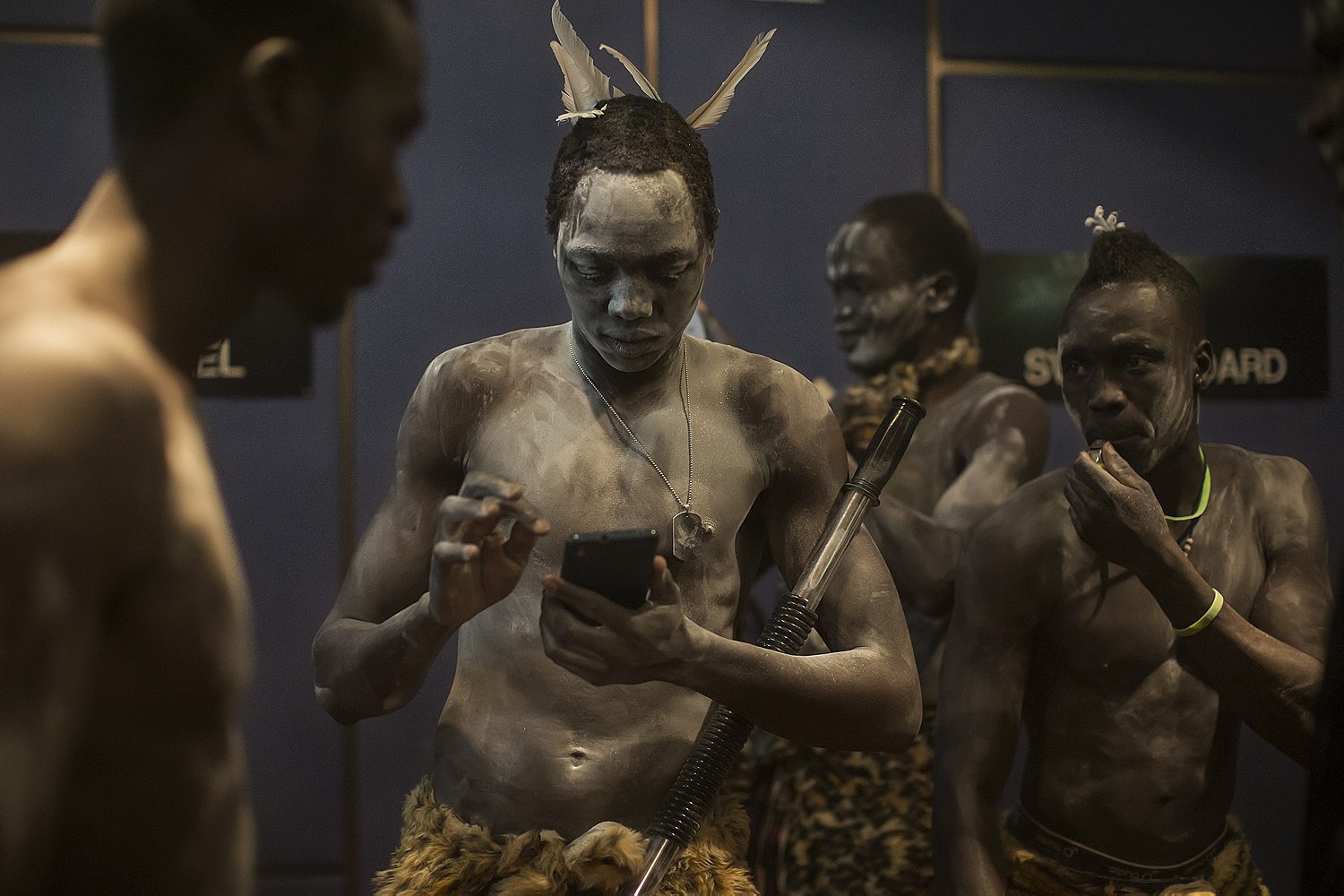
R&K: What are the prospects for young South Sudanese Australians entering the job market?
Ashleigh: Pretty limited. There are people in my book who did really well, who are lawyers and engineers, but I would say a lot of the young men that I know well didn’t do as well in school, so a lot of them work minimum wage jobs. That’s pretty common.
R&K: Your photos show that basketball is very present in the lives of those who want better prospects.
Ashleigh: Yes, it’s the sport that most of the South Sudanese Australian guys play. I think the same is said for girls with modeling, these are the two fields that have an established path of success [for Sudanese]. There are a few young men playing basketball for really good colleges in the U.S., there was the one guy, Luol Deng, who even played for the Chicago Bulls [and now the Miami Heat], and there are also a number of models who are working in New York and around the world who are of South Sudanese origin.
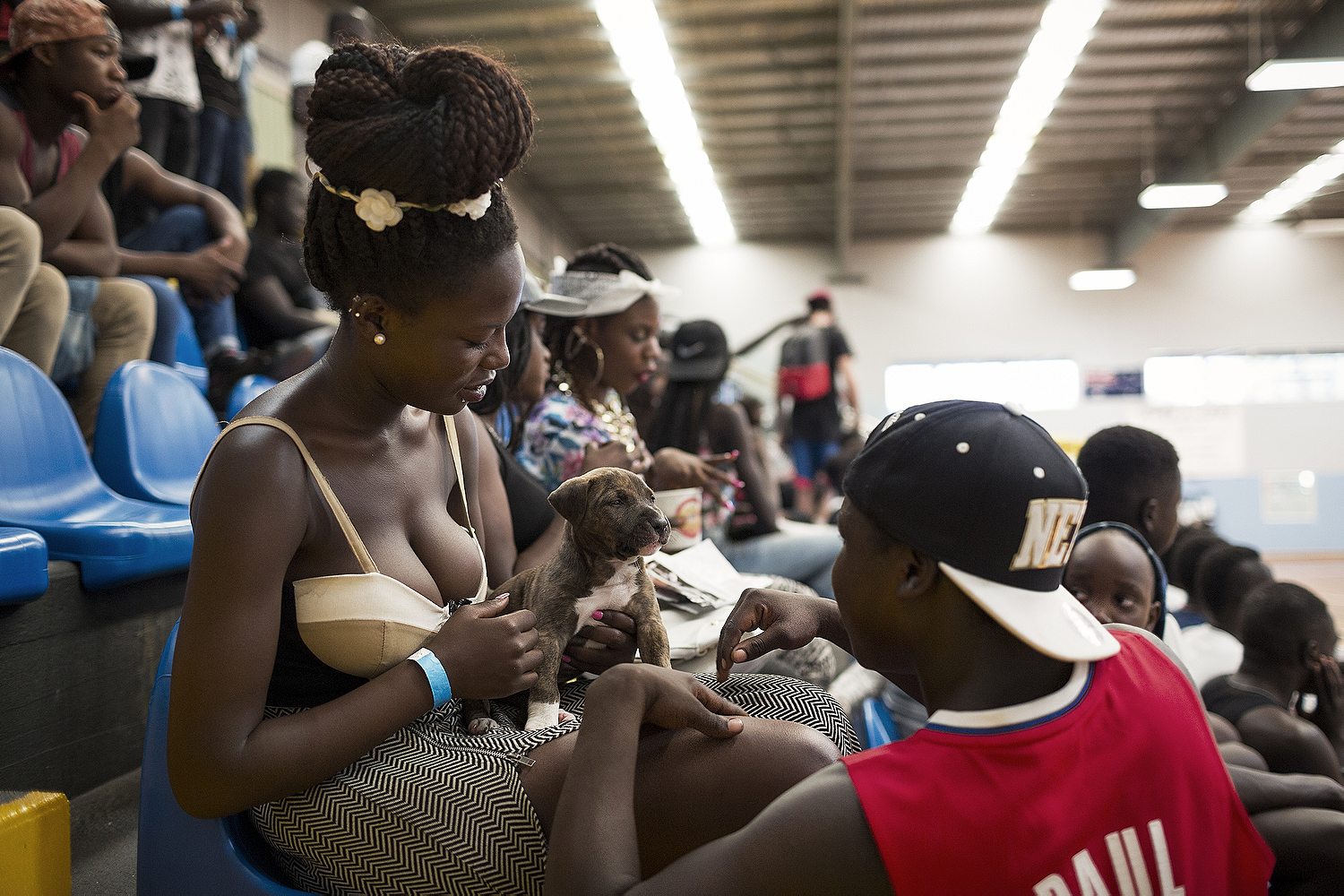
R&K: How do they feel about Australia?
Ashleigh: Most of the people that I know well love Australia and they’re very happy and proud to be Australian. You know, that guy who’s waiting to be deported back to South Sudan, other people who appear in my work would tell me things like: coming to Australia is like a getting a chance to the golden goose, you get to Australia with the best opportunity, if you don’t make it work, you can’t be expected to be given another chance. It’s interesting that some people in the community have that perspective. But you know, I’m absolutely going to continue to shoot this story, and I will be keen, as they venture further into adulthood, to see if many of them do decide to go back to South Sudan as professionals.
Conor Ashleigh’s book, “Stories of the South,” is available for pre-order here.
